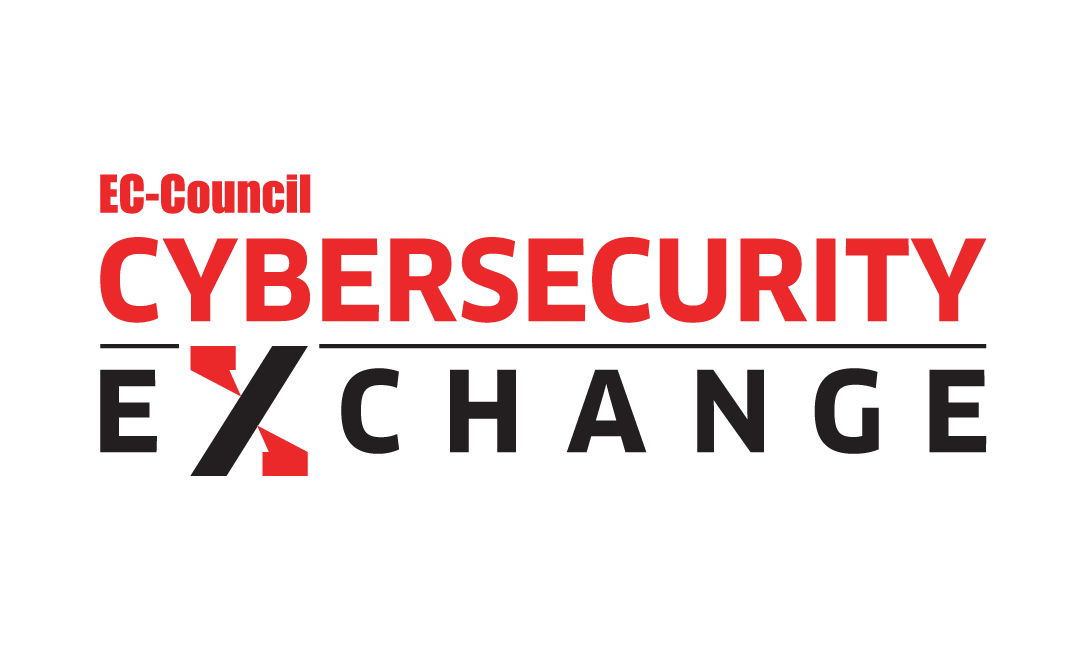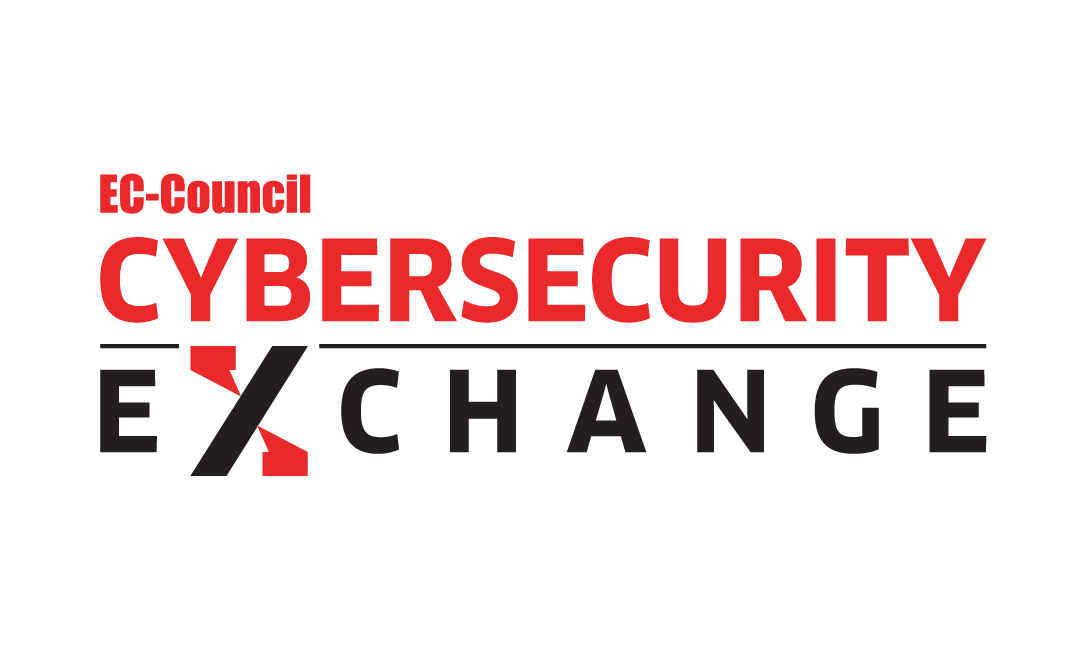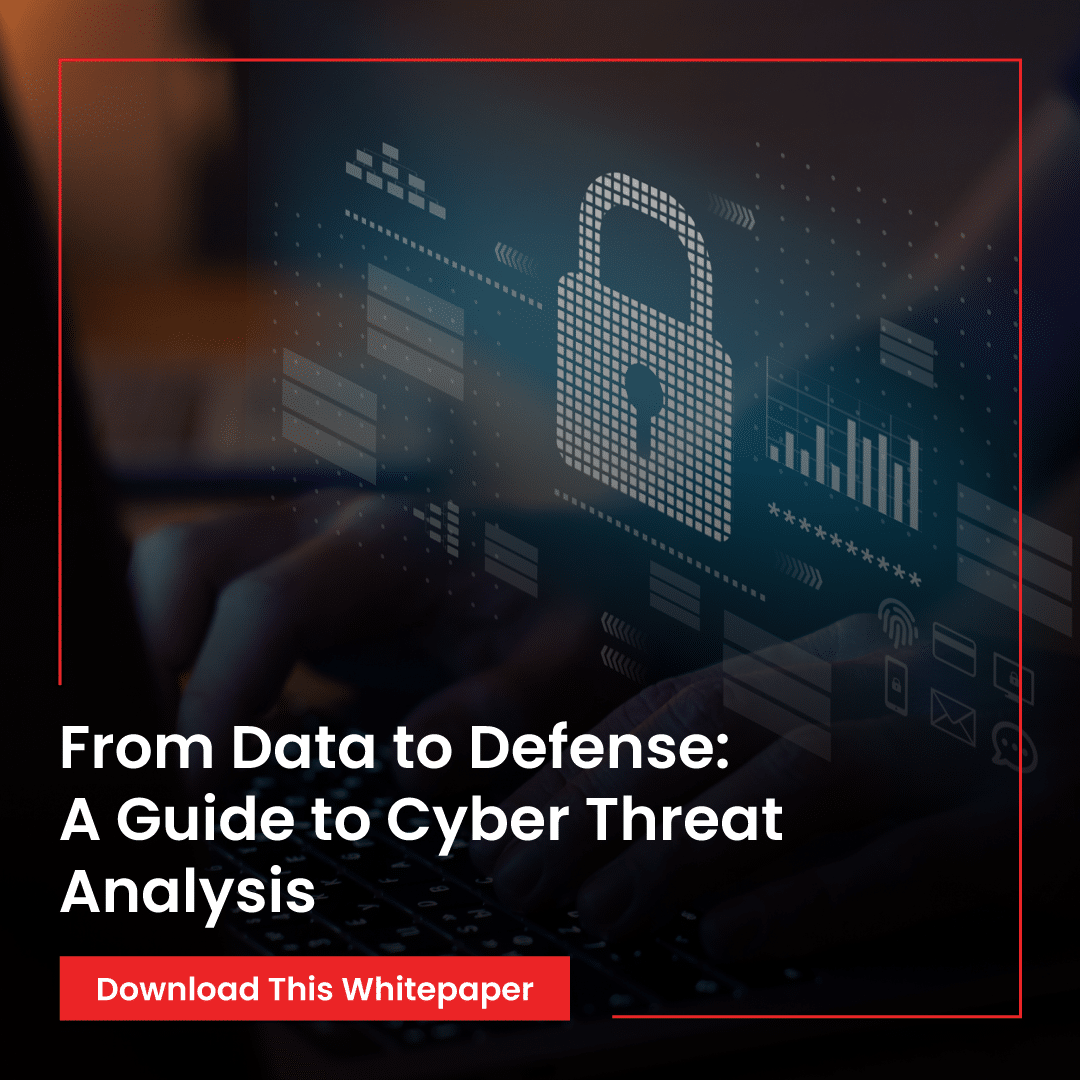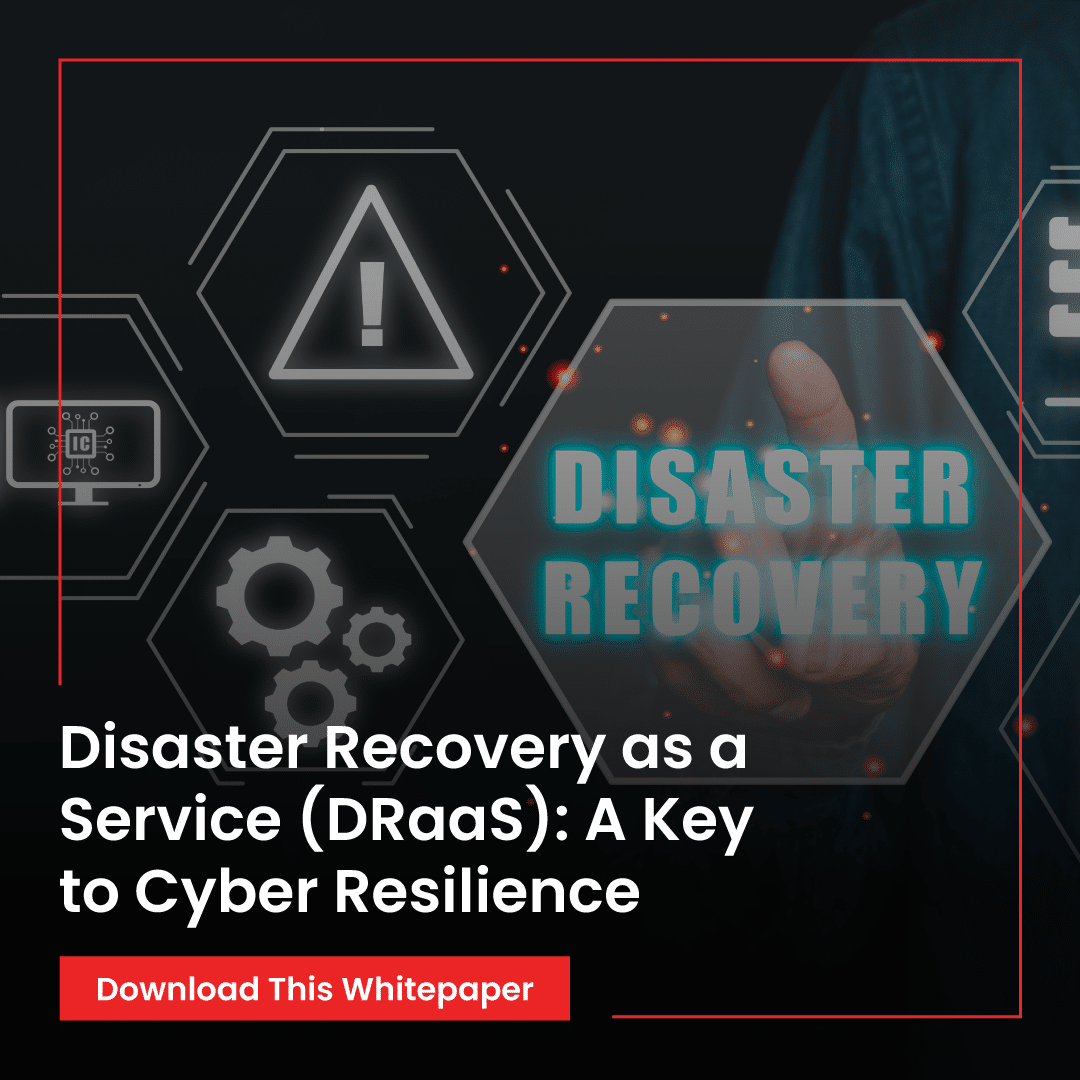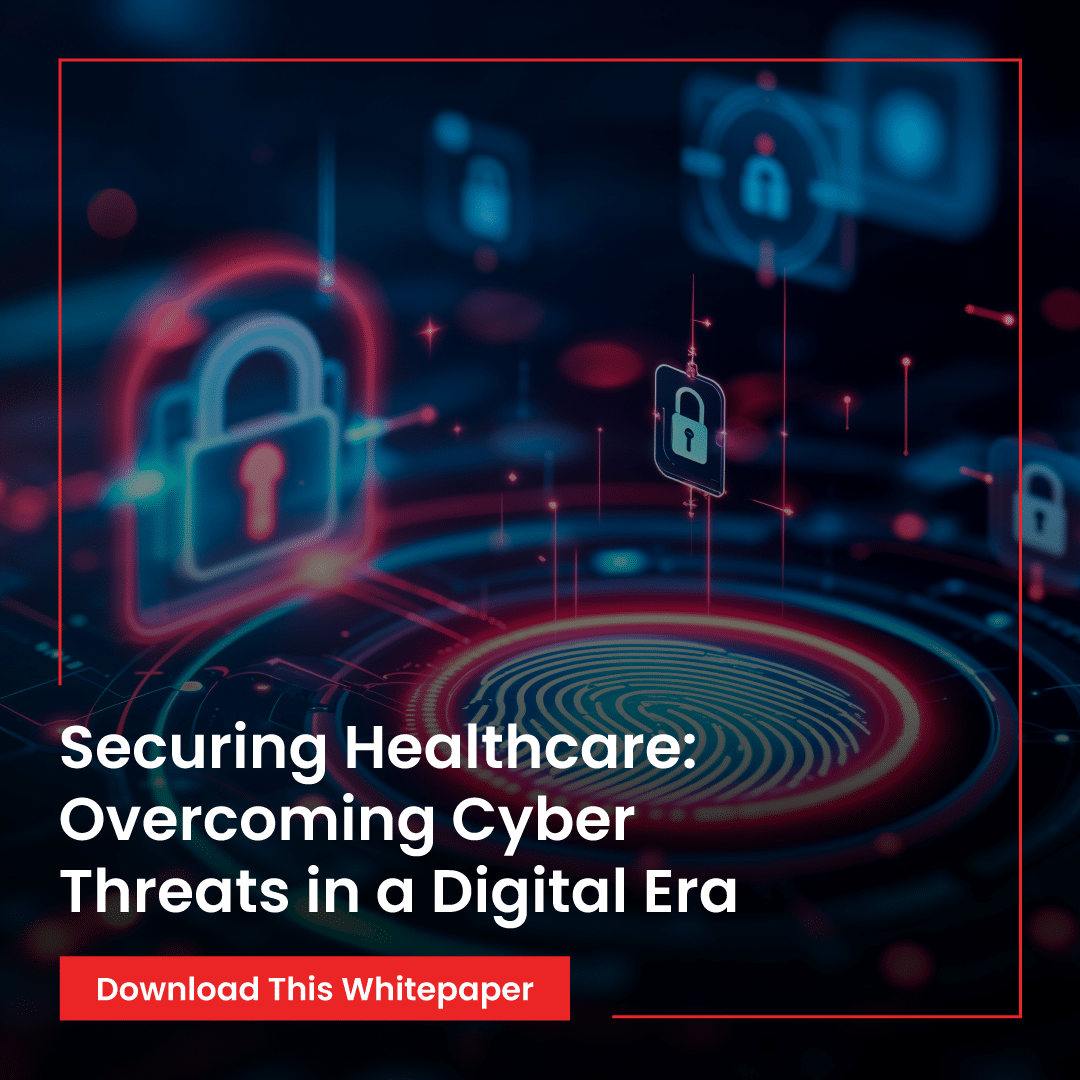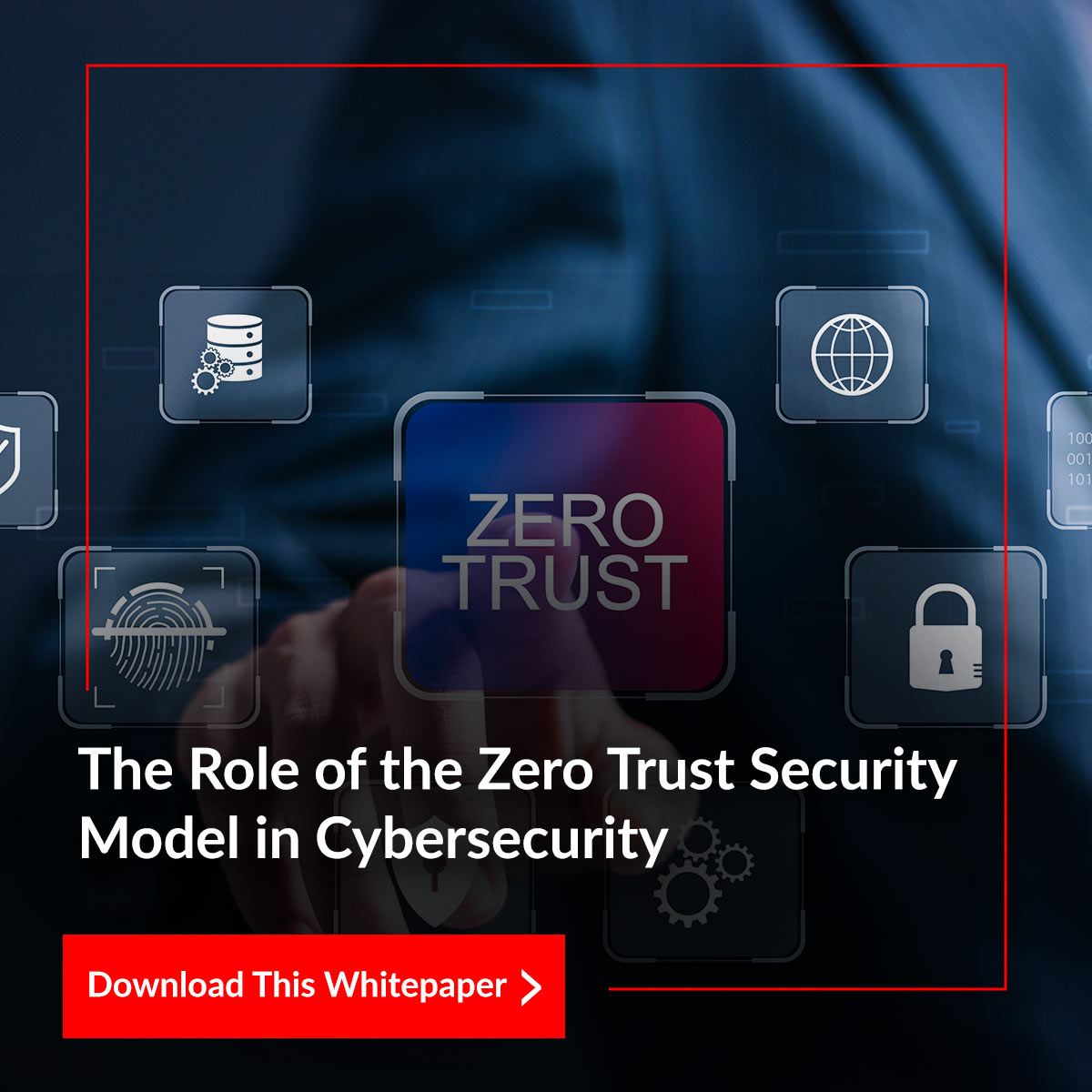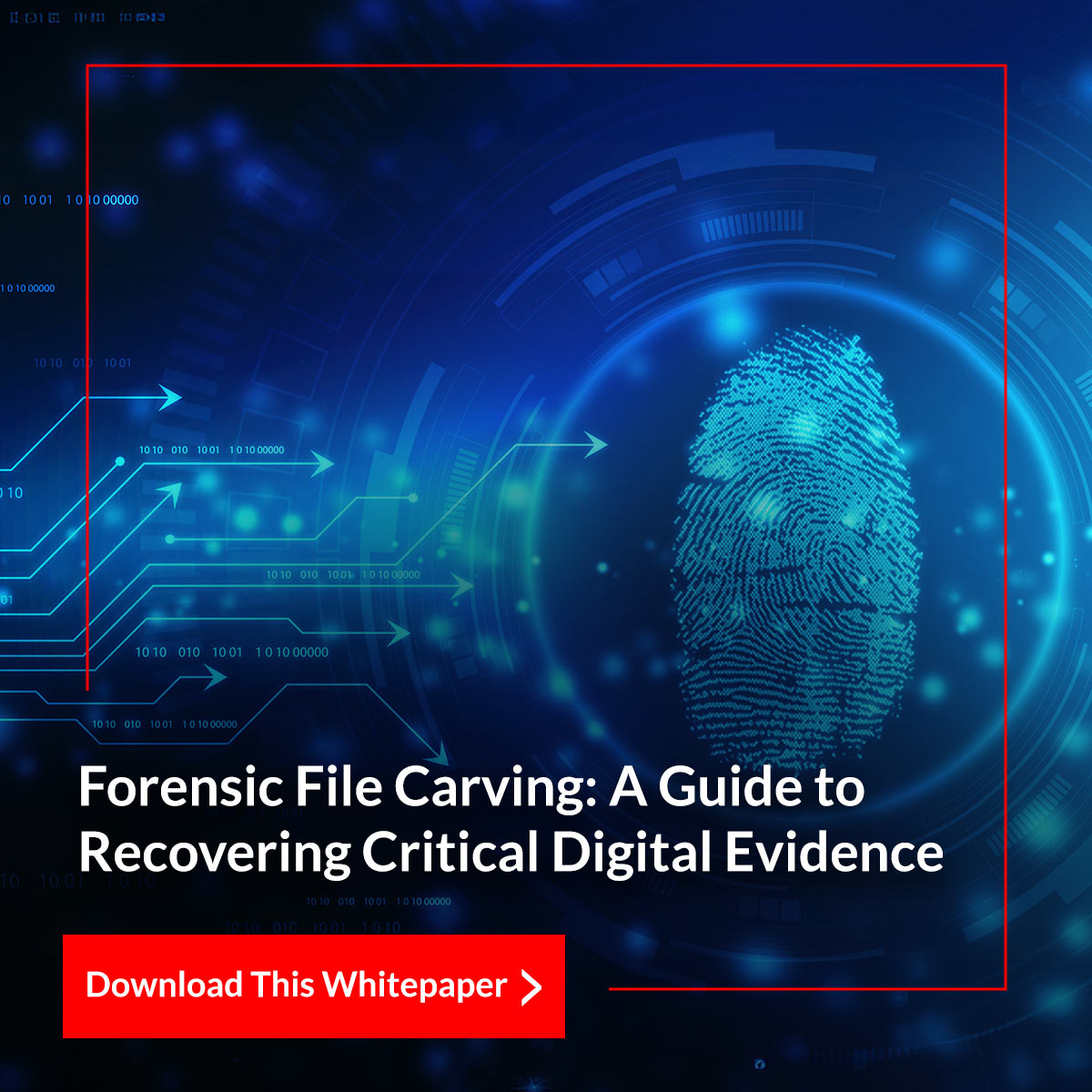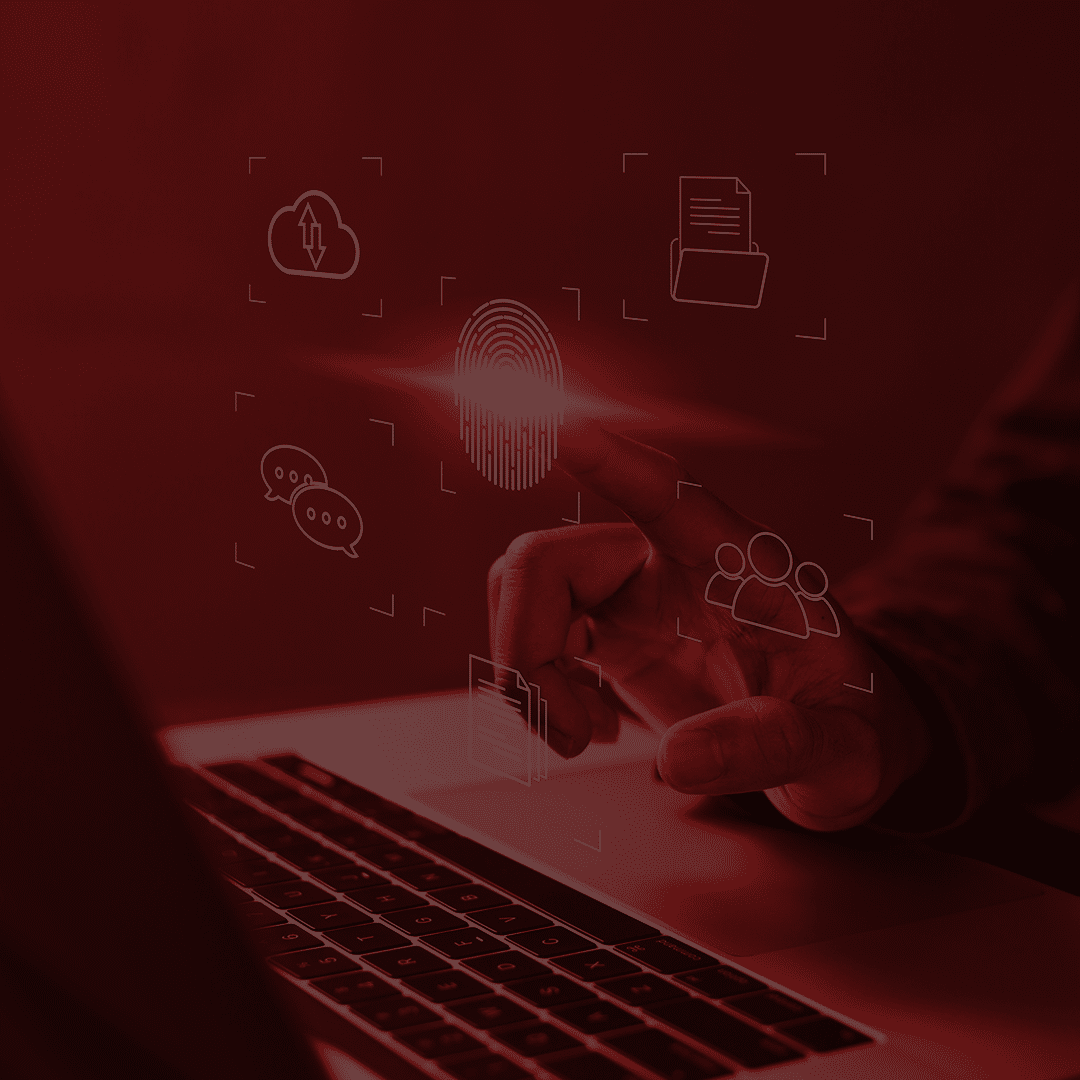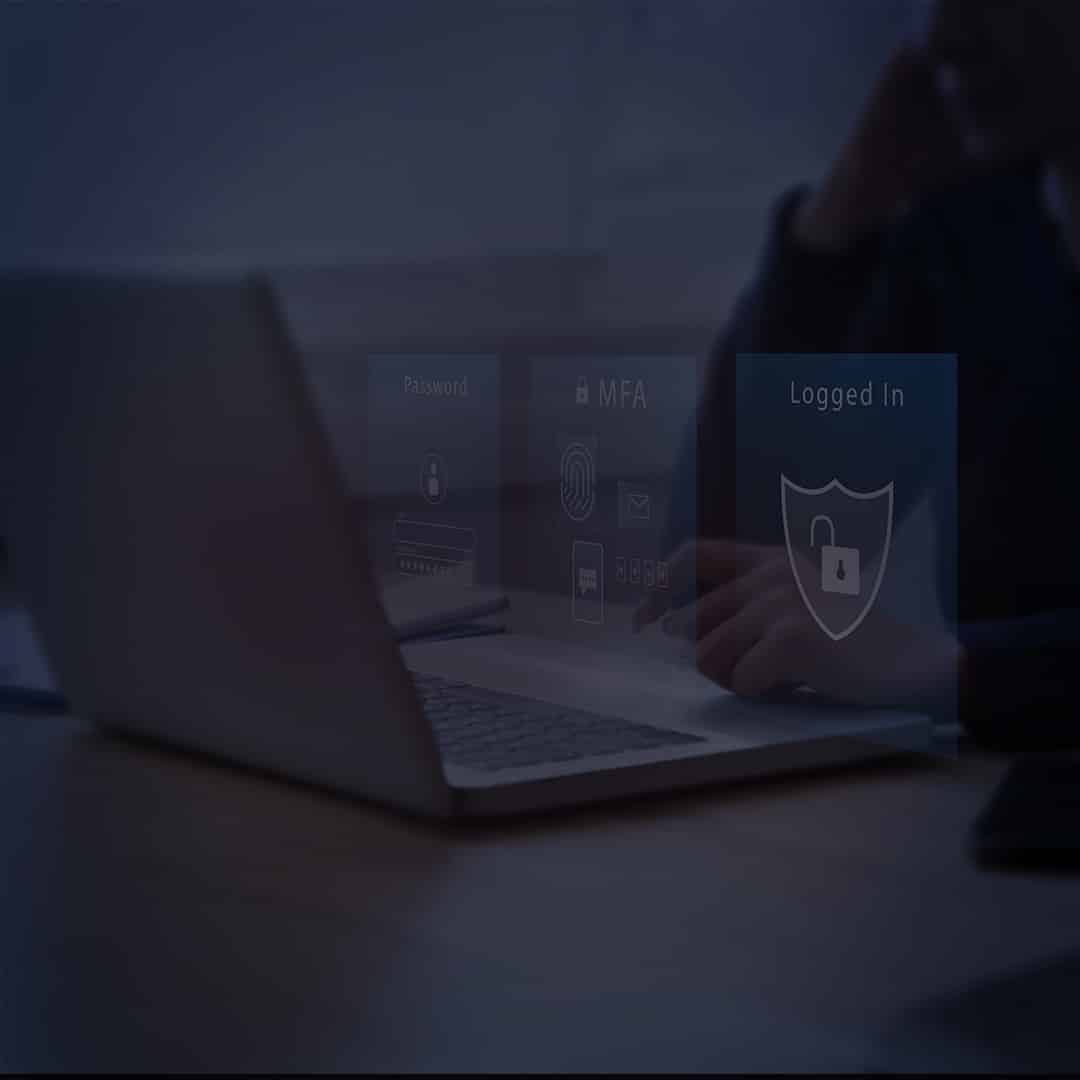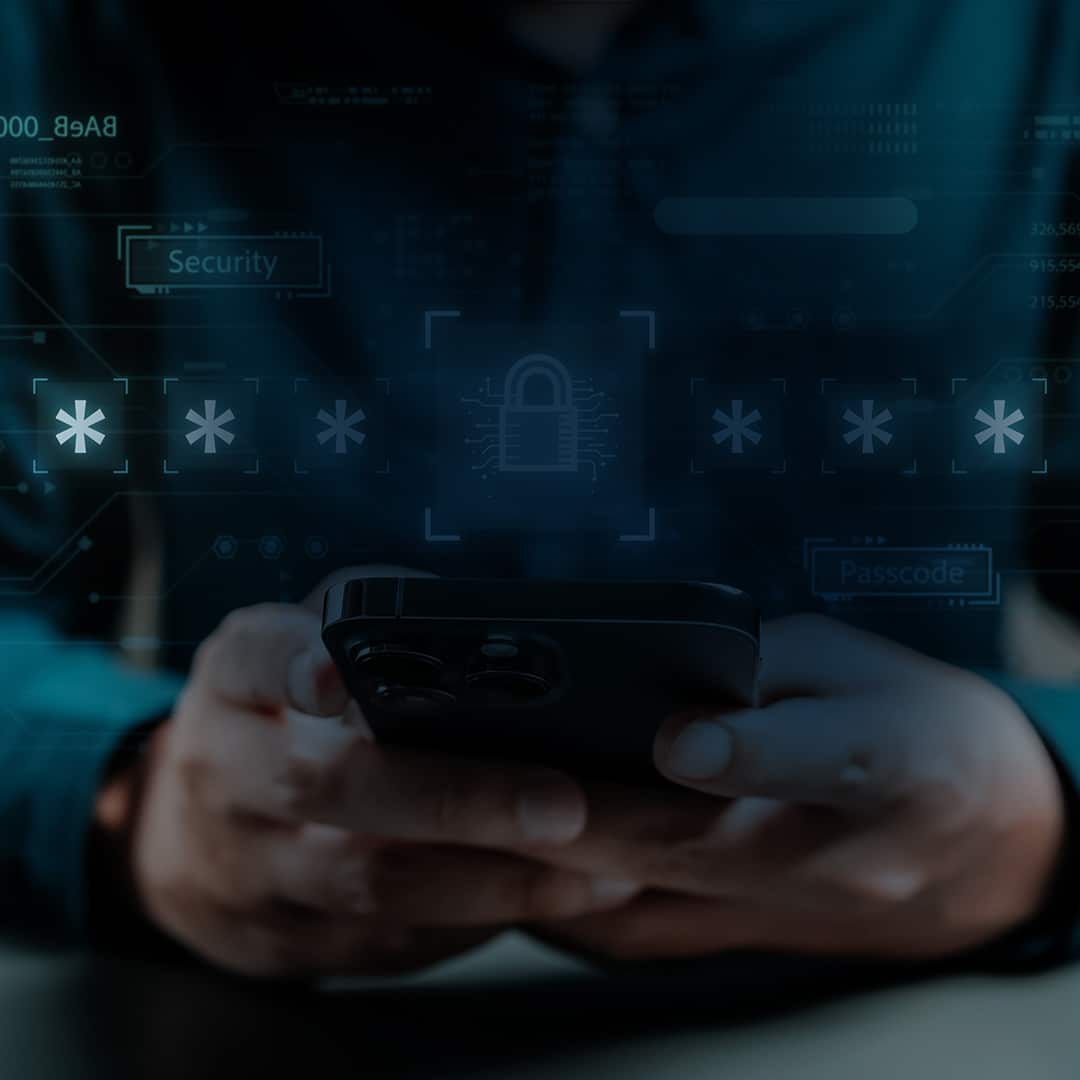From Data to Defense: A Guide to Cyber Threat Analysis
In the cybersecurity landscape, the rapid advancement of technology has led to a surge in cyberthreat, due to the introduction of new attack surfaces and associated vulnerabilities. Thus, to safeguard critical network infrastructures, organizations need to implement a robust cyber threat data analysis framework. This process of threat intelligence capability involves evaluating policies, identifying vulnerabilities,…
Read article